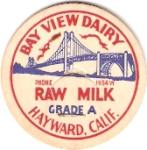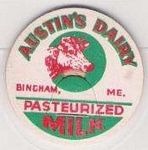Stan Olszewski, Byram, Connecticut - Contact Me

- General
- Postcards
- Specialty Postcards
- Postcards - All
- Postcards - Hold To Light Santas
- Postcards - Holiday
- Postcards - Krampus / Skull Cards
- Postcards - Motorcyles
- Postcards - Moxie
- Postcards - Mucha
- Postcards
Real Photo (RPPC) - Postcards - Sets
- Postcards - Shell / Shell Border
- Postcards -
State View
ALL US STATES - Postcards / Ephemera
Topical Homepage
- State Views A - I
- State Views K - M
- State Views N - R
- State Views S - W
- Topics A - I
- Amusement Park Postcards & Ephemera
- Animal Postcards & Ephemera
- Arcade/Exhibit Postcards & Ephemera
- Artist Signed Postcards & Ephemera
- Banking Postcards & Ephemera
- Comic Postcards & Ephemera
- Covered Bridge Postcards & Ephemera
- Diner Postcards & Ephemera
- Expo/World Fair Postcards & Ephemera
- Exhibit/Arcade Postcards & Ephemera
- Fire Related Postcards & Ephemera
- Holiday Postcards & Ephemera
- Humorous Postcards & Ephemera
- Topics K - M
- Topics N - R
- Topics S - Z
- Specialty Postcards
- Matchcovers
- Specialty Matchcovers
- State Views A - I
- State Views K - M
- State Views N - R
- Nebraska - NE
- Nevada - NV
- New Hampshire - NH
- New Jersey - NJ
- New Mexico - NM
- New York - NY
- North Carolina - NC
- North Dakota - ND
- Ohio - OH
- Oklahoma - OK
- Oregon - OR
- Pennsylvania - PA
- Rhode Island - RI
- State Views S - W
- South Carolina - SC
- South Dakota - SD
- Tennessee - TN
- Texas - TX
- Utah - UT
- Vermont - VT
- Virginia - VA
- Washington - WA
- West Virginia - WV
- Wisconsin - WI
- Wyoming - WY
- Topics A - I
- Topics K - M
- Topics N - R
- Topics S - Z
- Ephemera 1
- Ephemera 2
- Ephemera 3
 |  |
Remember When The Milkman Used To Come Around Early In The Morning And Delivered Milk in Glass Bottles Right To Your Door?
Many more dairy related items and ephemera (non-milk bottle caps) available at my new dairy related ephemera page located Here
Coming Soon - Several Milk Bottle Listings Will Be Added Shortly



